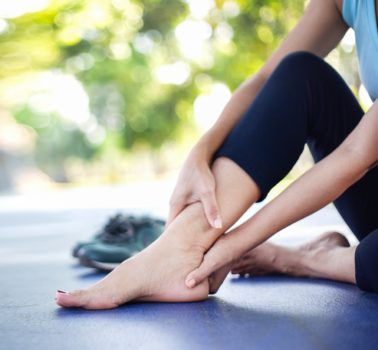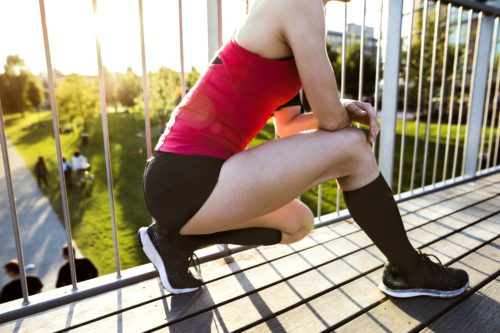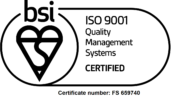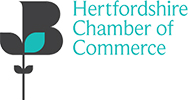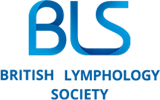It’s always a good idea to keep a check on your legs. If you notice anything unusual, it may be a sign of something more serious and it is worth getting in touch with your healthcare specialist. Here are a few things to look out for.
Spider veins
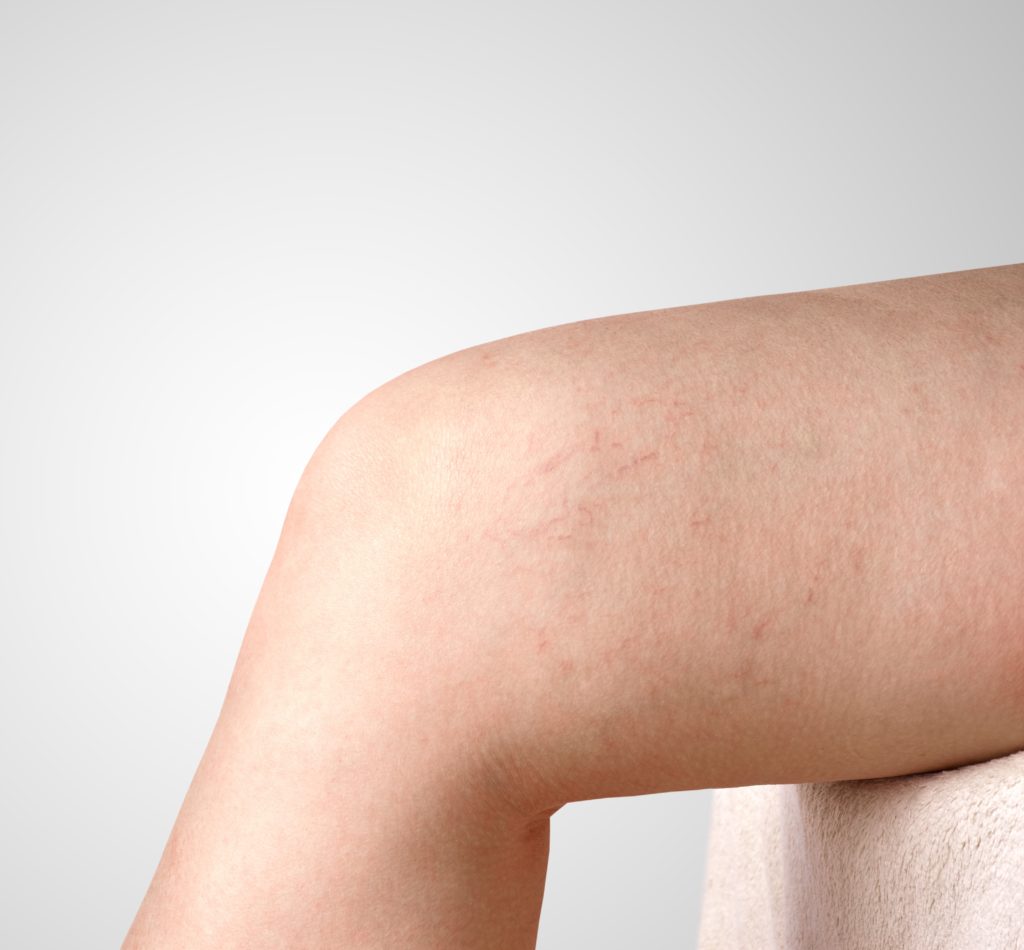
These are small veins that appear on the surface of the skin, they are not usually painful or harmful. For cosmetic reasons some people have them treated using private healthcare.
Varicose veins
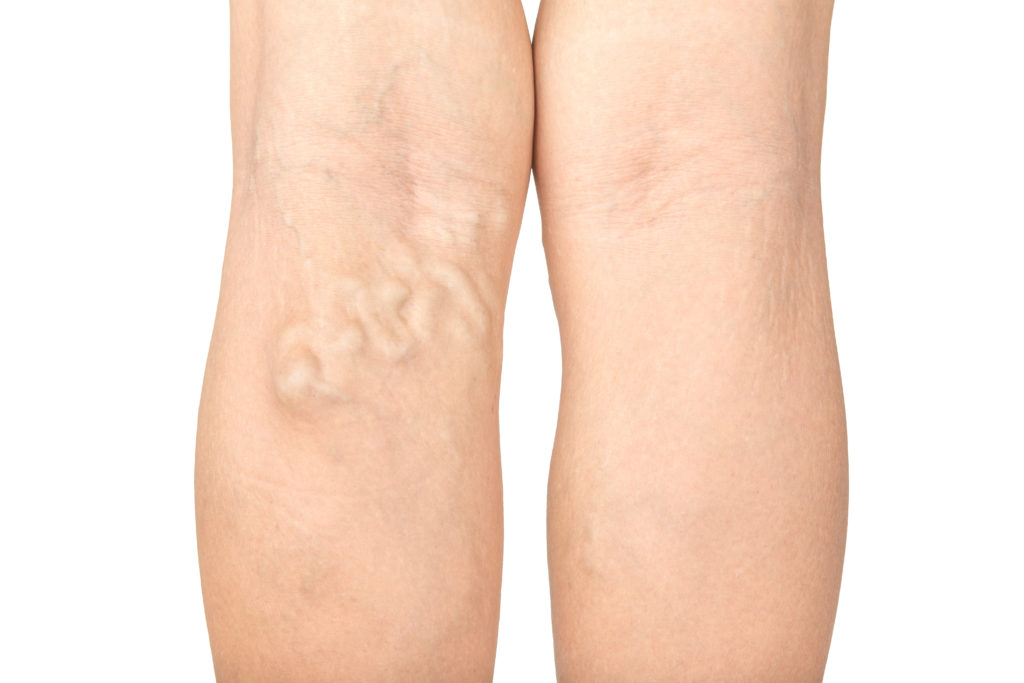
These are bulging, knotted veins, usually blue in colour, that are caused by blood not returning to your heart efficiently. They often due to the valves in the veins not working properly.
Ankle flare
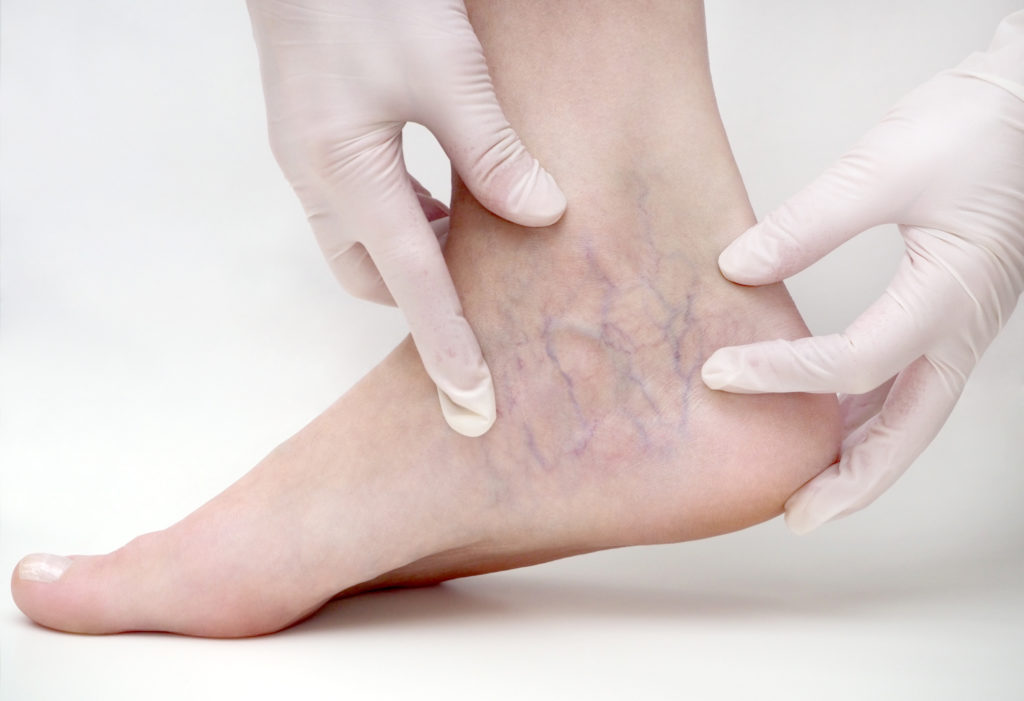
These are a collection of red veins visible in the ankles. This is another sign that the veins are not working as efficiently as they should and that blood is finding it difficult returning to the heart.
Leg ulcers
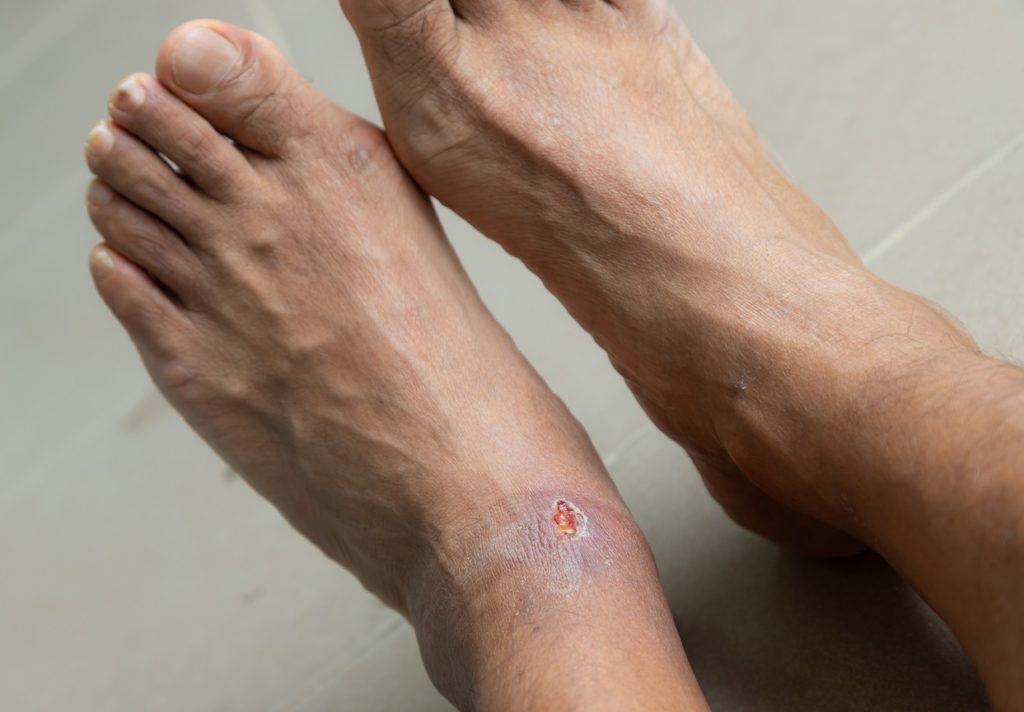
Leg ulcers can happen usually after an injury, sometimes even a minor one, when the skin breaks and does not heal properly. You may also feel pain itching or swelling. If you have a wound or sore that doesn’t heal make an appointment with your doctor.
There are also other things to look out for when checking your legs, such as:
Swollen ankles
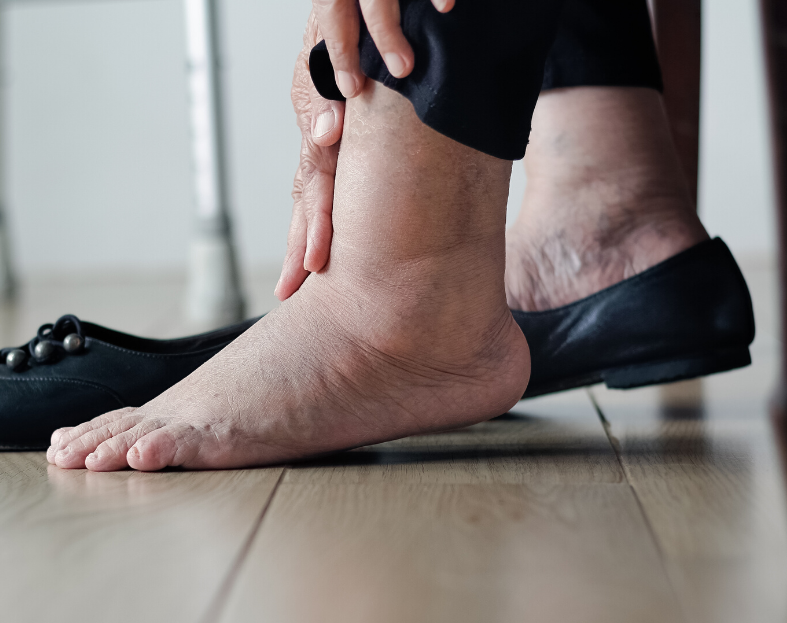
Here the blood and fluids have pooled in the ankle, this may be due to long periods of sitting or standing. In other words, circumstances in which you are not moving your calf muscles which work as a pump to maintain blood flow upwards.
Tired heavy legs
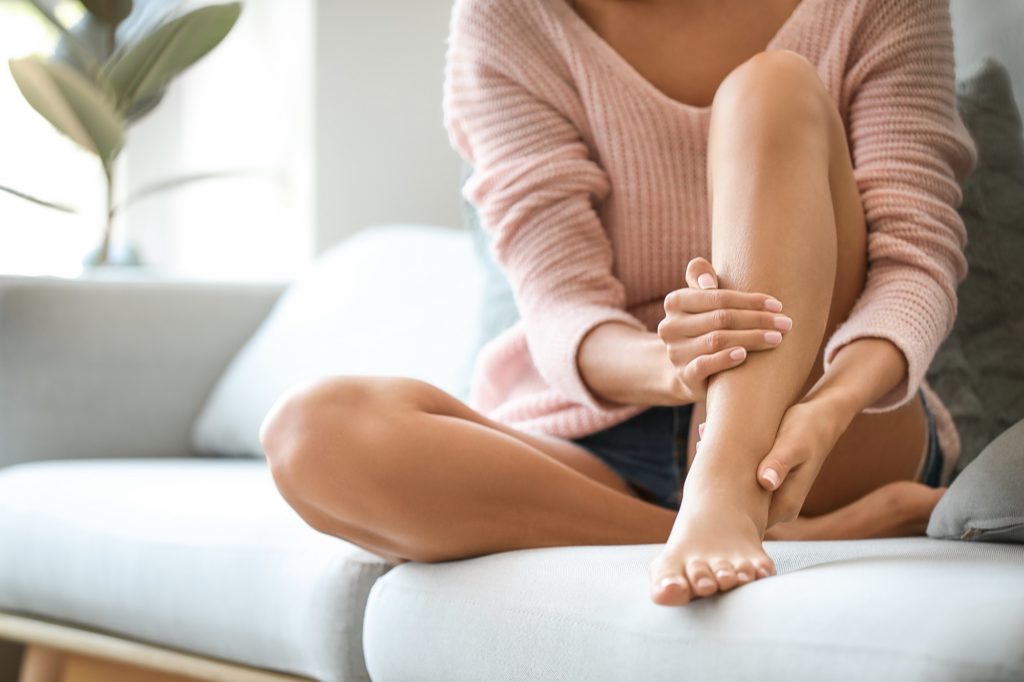
Tired legs may be caused by blood stretching the blood vessels as it returns up your leg. This can also happen after long periods of standing or during hot weather when the vessels naturally expand.
You can find loads more information about your legs and their wellbeing on the #legsmatter website which is a national campaign to get people to take more care of their legs.
Graduated compression socks can also help relieve the above symptoms so talk to your GP or Healthcare Professional about wearing Gloriamed compression socks.

